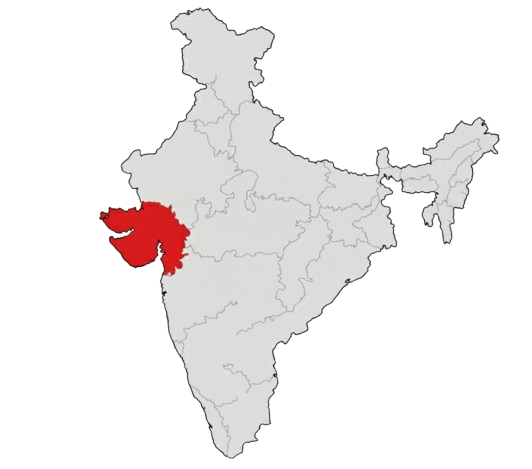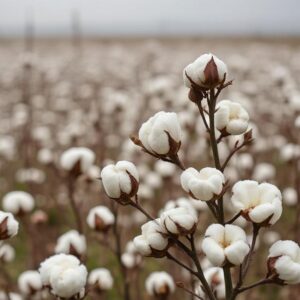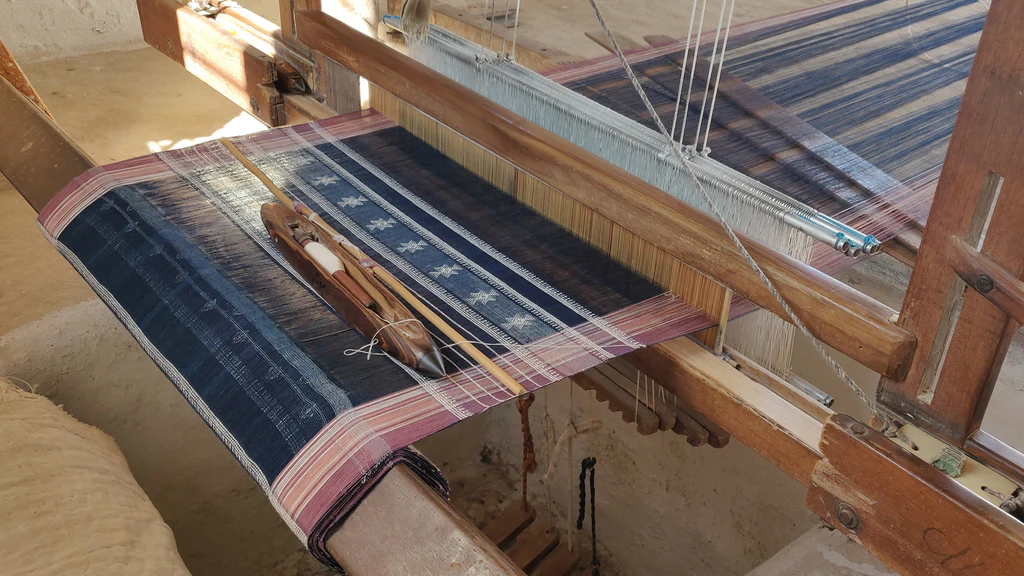
Kala cotton is an indigenous variety of cotton grown in the Kutch region of Gujarat, India. It is one of the oldest and purest forms of old-world cotton (Gossypium herbaceum) that has never been genetically modified or hybridized. It is a rare variety of cotton because it is only a rain-fed crop, which means it is grown only using rainwater.
History of Kala Cotton


Kala cotton originated thousands of years ago; its cultivation in the Indian subcontinent dates back to at least 3,000 to 5,000 years ago, during the time of the Harappan and Indus Valley Civilization (c. 3300–1300 BCE). This has been used for centuries to make clothes for people across the country.
Things changed in the 18th century, when the British came with their cotton mills and wanted more cotton for mass production. They imposed long-staple cotton, which grew better in other regions and was suitable for industrial spinning. Their machines back in Manchester could not process the short fibers of our indigenous cotton, and they slowly replaced Kala cotton.
As India approached independence (1947), the focus on local production returned, especially through Gandhi’s Khadi movement, which promoted hand-spun, locally grown cotton. The idea of using local cotton remained popular in places like Gujarat, where traditional weavers still use it in their work. But Khadi wasn’t primarily focused on Kala cotton.
However, high-yield hybrid and genetically modified cotton, such as Bt cotton, gained popularity after independence. These commercial varieties required more water, fertilizer, and pesticides and were promoted to farmers. Kala cotton was largely ignored in conventional farming.
This indigenous cotton started to make a comeback in the early 2000s, after the devastating Bhuj earthquake in 2001. Local farmers, weavers, NGOs, and social groups like Khamir started looking into sustainable ways to rebuild the region. They turned back to Kala cotton since it was drought-resistant and didn’t require irrigation or chemicals. Moreover, it was naturally suited to Kutch’s climate.
Fortunately, Kala cotton still grows in the arid and semi-arid lands of Kutch, one of the few regions where it is still cultivated today.
Why Kala Cotton stands apart from other varieties
Thermoregulating
Organic Kala cotton differs greatly from regular cotton. While regular cotton keeps you cool in the summer, Kala cotton keeps you warm in the winter as well. When one touches a fabric, they can feel its distinct identity in terms of warmth and coolness.
Rain-fed variety
Kala cotton is grown using only natural rainfall, without any artificial irrigation. This method relies entirely on seasonal rain for water. Without requiring any chemicals for growth and sustenance, this cotton can withstand the harsh summer temperatures, which can reach between 40 and 50 degrees Celsius, and the bitterly cold winters. In areas like Kutch, where water supply is limited and the climate is dry, Kala cotton still grows under rain-fed conditions, even though rainfall is scarce in the region.
Moreover, Kala cotton is harvested once a year using only seasonal rainfall. Other cotton types use irrigation and chemicals, giving higher yields with several pickings in one season.
No chemicals and synthetic inputs
Kala cotton fabric is a great option for individuals with sensitive skin, as it is free from harmful chemicals, pesticides, and insecticides. Kutch is a salty and desert-like area. Due to the high salt content in the soil and the dry climate, pests tend to avoid the crop, so farmers do not need to use pesticides. So, it is a safer choice for people and also better for the environment.
Short staple fiber
The short staple fibers of kala cotton range in length from 1 inch to approximately 1.125 inches (about 22-23 mm), which is shorter than modern cotton types. Because of these short fibers, large industrial machines cannot process Kala cotton efficiently. That’s why it is well-suited for hand spinning and hand weaving.
Why Green Tailor for Kala Cotton
As organic Kala cotton is a rare and indigenous variety, this special fabric isn’t commonly found in most places, but Green Tailor is dedicated to offering authentic 100% Kala cotton fabric and products, sourced directly from the dry, rain-fed lands of Kutch.
We work closely with local artisans who specialize in traditional hand-spinning and hand-weaving techniques. The fabric is ready for dyeing with natural dyes. The entire process, from spinning the yarn to weaving the fabric, is done entirely by hand. Every piece we produce respects both nature and heritage.
Our Kala cotton fabric and products are 100% biodegradable, leaving no waste behind, unlike synthetic materials. All the natural fabrics and products we offer are made from high-quality, breathable materials.
If you are looking for sustainable products and fabrics, we supply globally with no minimum order quantity (no MOQ).
Feel free to contact us at [email protected] for custom orders starting at 100 meters/piece.
